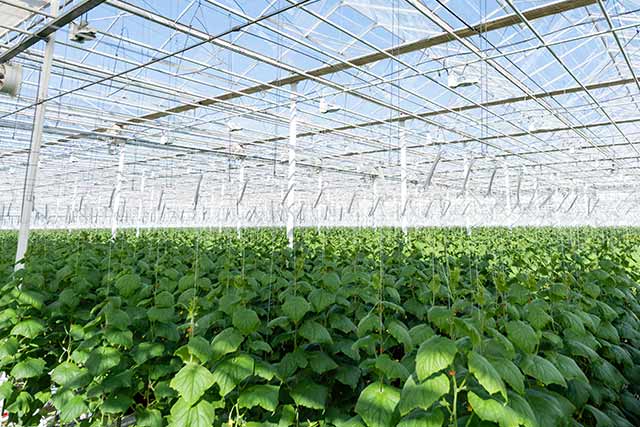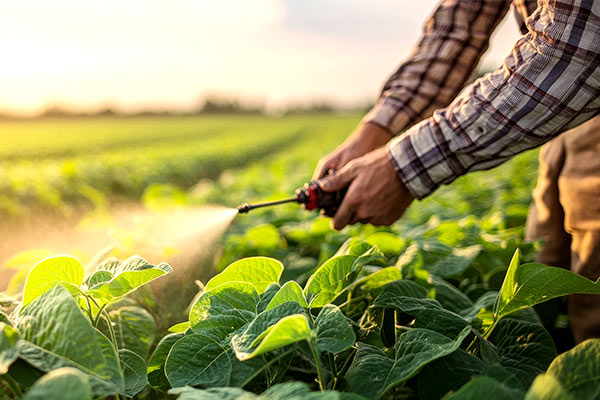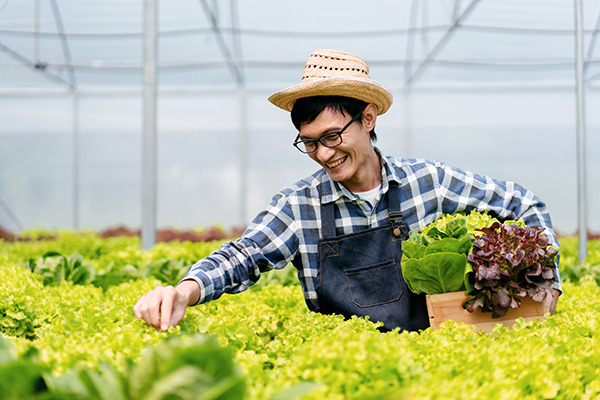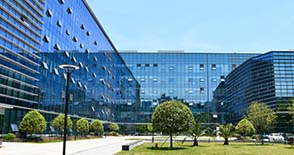-
Home > News & Events > Blog > Plant Nutrition
Background
In 2012, the European Biostimulant Industry Alliance gave this definition: A plant biostimulant is a substance containing certain ingredients and microorganisms that, when applied to plants or rhizosphere, have the effect of stimulating the natural processes of the plant, including enhancing/benefiting nutrient absorption, nutrient efficacy, abiotic stress resistance and crop quality, irrespective of the nutrient composition. Since then, with the increasing attention of the people to environmental safety and high-quality agricultural products, biostimulants have been widely used in the efficient, green and ecological development of modern agriculture as a class of organic substances with various active components that are beneficial to improving the soil environment, promoting crop nutrient absorption and improving crop resistance.
In June 2019, the European Union issued a new fertilizer regulation "EU Circular Economy Fertilizer Products Regulation" (EU 2019/1009), which defines fertilizers including mineral fertilizers, organic fertilizers, soil amendments, growth substrates, biostimulants, etc. Thus, for the first time, a biostimulant is accurately defined as a fertilizer product.
Product Description
Yeast is a single-celled fungus (as shown in Figure 1), which is a tiny single-celled microorganism invisible to the naked eye and the only human microorganism with an annual output of more than one million tons. In the process of yeast fermentation, gave birth to the infinite wonderful world of human beings. Yeast in its life activities will produce a variety of metabolic substances such as amino acids, vitamins, organic acids, polysaccharides, nucleic acids, etc. Such multi-component organic substances as biological stimulants can effectively regulate plant physiological metabolism, promote crop nutrition absorption, improve crop resistance.
Yeast glycoside is a yeast biostimulant product rich in yeast polysaccharides, nucleic acids, amino acids and other substances obtained from Saccharomyces cerevisiae by liquid fermentation in Angel Yeast Co., LTD., and then concentrated or dried after autolytic or exogenous enzymatic hydrolysis.
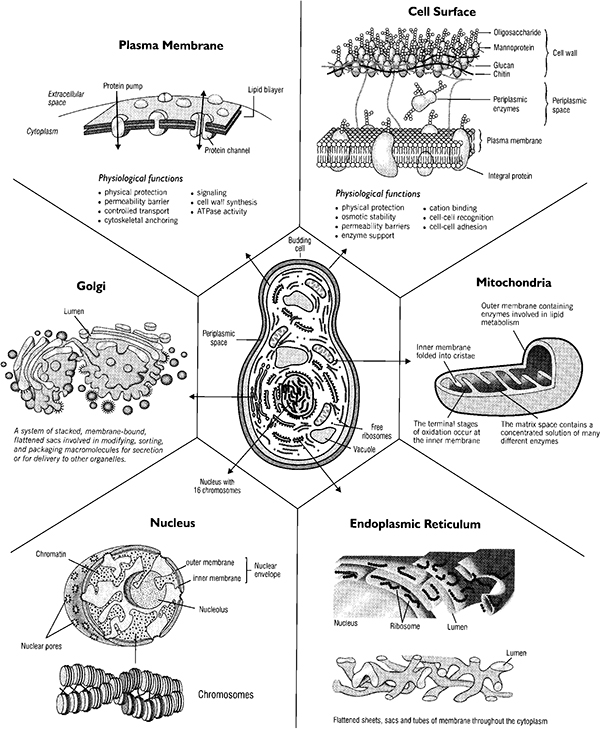
Fig.1 Yeast Cell Structure
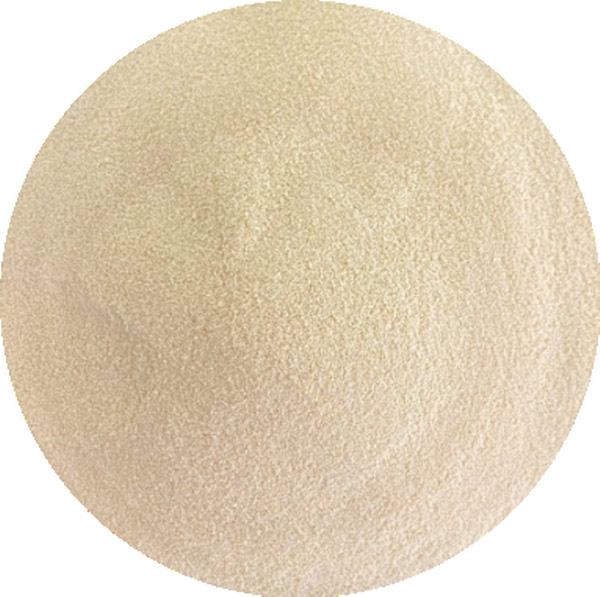
Fig.2 Yeast Glycoside Type Ⅲ Morphology
The morphology, physicochemical requirements and hygienic requirements of yeast glycosides are shown in Table 1 and Table 2.
Table 1 Physicochemical Requirements
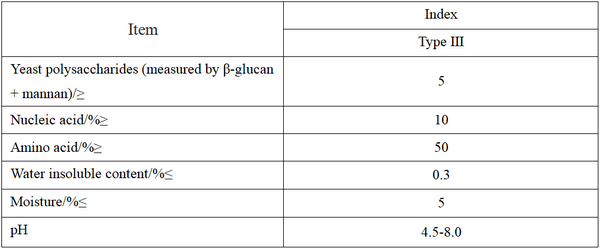
Table 2 Hygiene Requirements

Monosaccharic Triacids
The main functional components of yeast glycoside type ⅲ include "monosaccharic triacids". "Monosaccharide" mainly refers to the yeast cell wall polysaccharide, which is different from the cell wall of bacteria and plants. The yeast cell wall polysaccharide is mainly β-glucan and mannan, and a certain amount of chitin, as shown in Figure 3. Yeast cell wall polysaccharides can activate the plant acquired resistance (SAR) and induced resistance (ISR) signaling pathways, and induce a series of defense substances, such as salicylic acid, jasmonic acid, stilbene synthetase and superoxide dismutase, to help plants resist external stress and grow robust.
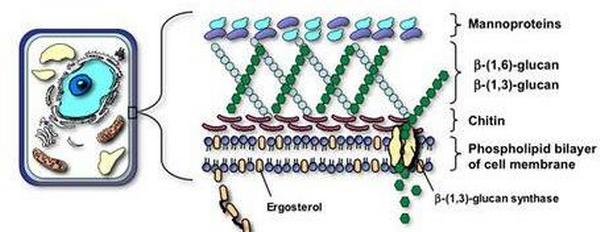
Fig.3 Yeast Cell Wall Composition
One of the "three acids" refers to yeast nucleic acids and nucleotides. Yeast have a fast metabolism, so transcription and translation go along with it, making more RNA and DNA in the process. After applied to crops, nucleic acids and nucleic acid degradation products can promote the synthesis of chlorophyll a, chlorophyll b and carotenoids (chlorophyll a and chlorophyll b are mainly two kinds of chlorophyll in the chloroplasts of higher plants, chlorophyll a mainly absorbs red light, chlorophyll b mainly absorbs blue and violet light), and strengthen the ability of plants to capture light energy during the light reaction process.
Nucleic acid and nucleic acid degradation products can also activate RuBP carboxylase (1, 5-diphosphoribulose carboxylase), catalyze the combination of CO2 and 1, 5-diphosphoribulose to generate 2 molecules of 3-phosphoglyceric acid, strengthen the ability of crops to capture CO2 during the dark reaction, and improve the synthesis and storage of carbohydrates in plants.
Two of the "three acids" refer to the amino acids of yeast source. The amino acids in yeast glycosides are different in that they exist in small peptides and free forms, with hydrolyzed amino acids reaching about 60% and free amino acids exceeding 20%. Small peptides and free amino acids are not only easy to be absorbed by plants as nitrogen sources, but also as signal substances and the synthesis of some key substances, which can promote the growth and development of plants.
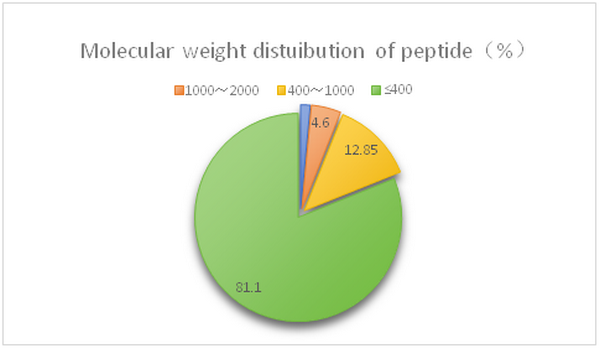
Fig.4 Molecular Weight Distribution of Yeast Glycoside Peptide
Gamma-aminobutyric Acid
In the amino acid composition of yeast source, in addition to dozens of conventional amino acids, there are gamma-aminobutyric acid. Gamma-aminobutyric acid is also a signal substance, which can regulate the osmotic potential, pH value and carbon and nitrogen balance of plant cells, and improve the ability of plant resistance to stress.
Gamma-aminobutyric acid can also be used as a regulatory ligand of glutamate, regulating nitrogen metabolism of plants and promoting crop growth.
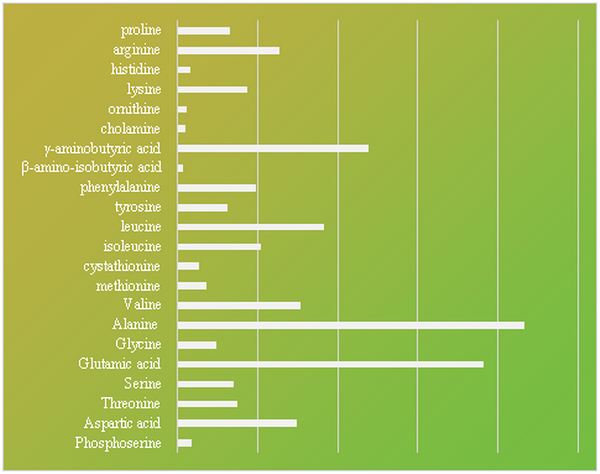
Fig. 5 Content of Free Amino Acids in Yeast Glycosides Type III
Organic Acids
The content of free amino acids in yeast glycosides "three acids" three refers to organic acids. During rapid reproduction, yeast undergo aerobic respiration to produce organic acids such as malic acid, citric acid and succinic acid. Organic acids can improve the availability of rhizosphere soil nutrients through acidification, chelation, ion exchange and reduction of insoluble nutrients in the rhizosphere, increase the uptake of rhizosphere nutrients by plants, and thus promote the growth and development of plants. At the same time, organic acids can also be absorbed and utilized by plants, which promotes the material circulation and energy flow of plant nutrients.
Function and Usage
1. Promote lateral root growth. Nucleotides promote root growth, increase the number of lateral roots, and overall increase the area of the root system that absorbs water and nutrients.
2. Improve crop stress resistance. Yeast cell wall polysaccharides activated plant systemic acquired resistance (SAR) and systemic Induced resistance (ISR) signaling pathways to enhance plant defense response.
3. Promote photosynthesis, activate RuBP, a key enzyme in plant photosynthesis, catalyze the fixation of CO2 and convert it into carbohydrates. Yeast nucleic acid and its degradation products promote the synthesis of chlorophyll a, b and carotenoids in plants, and enrich the pigment of leaves and fruits.
4. Signal substances to promote growth products are rich in small molecules containing nitrogen substances, including a variety of L-free amino acids, gamma-aminobutyric acid and small peptides, as signal substances to promote crop growth.
5. Improve fertilizer efficiency with the use of traditional fertilizers to improve nutrient utilization and reduce loss.
Recommended Amount for Agricultural Use
Leaf spray: 3g/ mu (seedling stage); 5g/ mu (nutritive period, fruit period)
Irrigation root: 0.3kg/ mu (seedling stage); 0.5kg/ mu (vegetative stage, fruit stage)
Note: Mu is a unit of measurement of the area of China, about 667m3.
Industrial Add Recommended Dosage
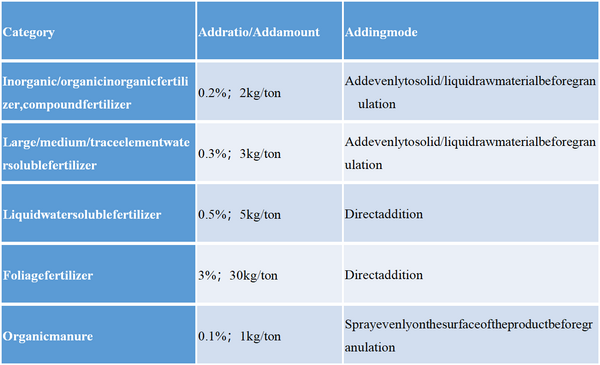
| Published by Peng Wenjie Engineer of Plant Nutrition Division |
The yeast source organic fertilizer has the advantages of being nutritional, efficient, environmental friendly, soil-improving, etc., and it is suitable for the application of high added value agricultural products, animal husbandry and economic crops. Angel is the founder of yeast source organic fertilizer, and the products all have passed through the EU Organic Certification and China Organic Certification.
About Angel:
Angel Yeast Company is a high-tech listed company specializing in yeast and biotech. Product business covers Yeast and Baking, Yeast Extract-Savoury, Nutrition & Health and Biotechnology fields. It is one of the world's leading companies in the yeast industry. Angel has 12 holding subsidiaries and provides products and services for more than 150 countries and regions.
Press Contact:
ANGEL YEAST CO., LTD
Address: 168 Chengdong Avenue, Yichang, Hubei 443003, P. R.China
Tel& Fax: +86-717-6371118
Email: weiqz@angelyeast.com

